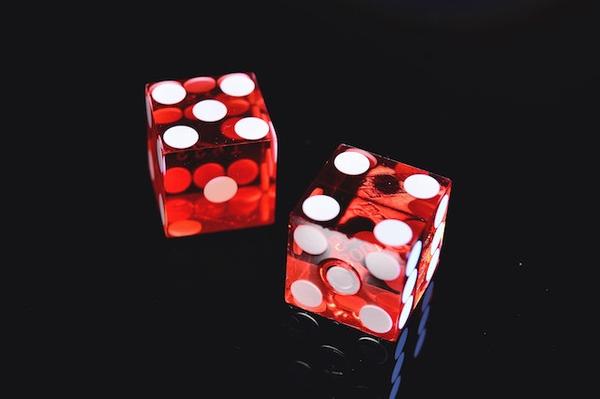Summary of Unconstrained Open Vocabulary Image Classification: Zero-shot Transfer From Text to Image Via Clip Inversion, by Philipp Allgeuer and Kyra Ahrens and Stefan Wermter
Unconstrained Open Vocabulary Image Classification: Zero-Shot Transfer from Text to Image via CLIP Inversion
by Philipp Allgeuer, Kyra Ahrens, Stefan Wermter
First submitted to arxiv on: 15 Jul 2024
Categories
- Main: Computer Vision and Pattern Recognition (cs.CV)
- Secondary: Artificial Intelligence (cs.AI); Computation and Language (cs.CL)
GrooveSquid.com Paper Summaries
GrooveSquid.com’s goal is to make artificial intelligence research accessible by summarizing AI papers in simpler terms. Each summary below covers the same AI paper, written at different levels of difficulty. The medium difficulty and low difficulty versions are original summaries written by GrooveSquid.com, while the high difficulty version is the paper’s original abstract. Feel free to learn from the version that suits you best!
| Summary difficulty | Written by | Summary |
|---|---|---|
| High | Paper authors | High Difficulty Summary Read the original abstract here |
| Medium | GrooveSquid.com (original content) | Medium Difficulty Summary NOVIC is an innovative real-time image classifier that uses autoregressive transformers to generate classification labels as language. By leveraging CLIP models’ extensive knowledge, NOVIC enables zero-shot transfer from text to images. Unlike traditional CLIP models, which require exhaustive prompts of potential class labels, NOVIC’s object decoder model can output the object noun in question directly from image-derived embedding vectors without requiring any a priori knowledge or label biases. The trained decoders achieve fine-grained prompt-free prediction scores of up to 87.5% on various datasets and benchmarks. |
| Low | GrooveSquid.com (original content) | Low Difficulty Summary NOVIC is a new way for computers to recognize what’s in pictures. It uses special math called autoregressive transformers to generate words that describe the picture. This is useful because it means we don’t need to know beforehand what might be in an image, or even what language people speak. The system can learn from a huge dataset of labeled objects and captions, and then use this knowledge to predict what’s in new pictures. It works really well, too – in tests, NOVIC was able to correctly identify what was in pictures up to 87.5% of the time. |
Keywords
* Artificial intelligence * Autoregressive * Classification * Decoder * Embedding * Prompt * Zero shot




